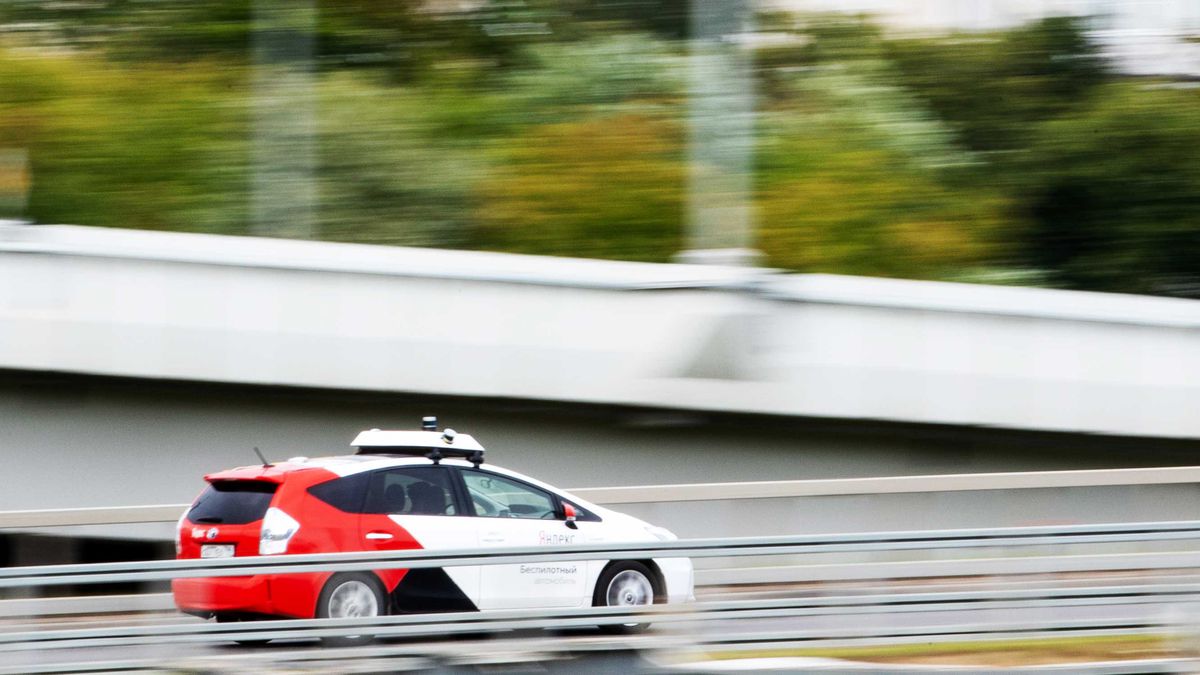Here Are Few Proposals On How To Use Technology In Car
The Internet of Things (IoT) is a new paradigm that is quickly gaining traction in today’s wireless telecommunications environment. Many of the devices around us will be connected under the IoT paradigm. By 2022, it is expected that the Internet will be a seamless weave of traditional networks and networked things for billing software, taxi software, health insurance and gkv data exchange. And IoT can readily solve many of the Smart City Project’s challenges, such as digitising services.
Cab billing with health insurance such as statutory health insurance AOK, health insurance AOK, cab health transport billing AOK, health transport billing and software for rental cars have also had a major impact on the technology used in a taxi.
The Vehicle Routing Problem (VRP) aims to devise a strategy for allocating taxi cars from car Rental Company in such a way that needs are met while total fleet mileage is kept to a minimum for Arbrechnung Krankenfahrten Taxi. Many similar works have previously been completed in this subject. Some were subjected to various window limits, while others were subjected to clever algorithms for billing software, taxi software, health insurance and gkv data exchange.
Proposals for better use of technology in the taxi
In recent years, an increasing number of businesses for cab billing with health insurance have turned to the Internet to create collaborative environments in which they may share diverse information and resources, such as clients, warehouses, and fleets and provides insurance and softwares such as statuory health insurance AOK, health insurance AOK, cab health transport billing AOK, health transport billing, and software for cab and rental cars. Researchers also devised a slew of modelling techniques for billing software, taxi software, health insurance and gkv data exchange. Some of the proposals for healthy use of technology in taxis are:
- To expand the traditional Gumbel distribution, a created semi-nonparametric generalised multinomial logit model for billing software has been presented to increase the accuracy level of assessing journey time variability.
- An enhanced hierarchical fuzzy inference approach based on the map-matching algorithm was also proposed.
- For geographic routing, an intersection-based segment aware algorithm was also presented for statutory health insurance AOK.
- For the next pickup location prediction challenges, three incremental learning approaches have been presented.
- For the Consistent Vehicle Routing Problem, a researcher presented a variable neighbourhood search technique.
- The goal of the Collaborative Vehicle Routing Problem (CVRP) is to identify the optimal solution for assigning cars in such a way that needs are met while overall efficiency is maximised and be helpful for billing software, taxi software, health insurance. It aids in the reduction of passenger wait times, although there is far less research on it than there are on VRP.
- The technology Model for taxi was used to ease urban traffic congestion, resulting in fewer blocked paths and more leisure taxis than the original model.
- The technology Model for the given taxis was used to optimise urban taxi markets, resulting in more fuel-efficient, cost-effective, and safer cabs than the original.
- According to statistical data, the implementation of the technology model for the taxis might increase impacts, and it has a promising future in the field of taxis and other collaborative vehicles.
Safety measures for the use of technology in the taxi
Taxi service encompasses a number of factors, including safety, convenience, efficiency, comfort, billing software, taxi software, health insurance and gkv data exchange and cost. In the fields of data mining, intelligent transportation, geographic information systems, and the Internet of Things, using large-scale GPS data to enhance taxi services has become a hot study subject for arbrechnung krankenfahrten taxi.
- Safety projects for taxi from car Rental Company are becoming increasingly popular across the world, such as the EU’s zero-accident objective by 2050, the US’s Hazardous Material Cooperative Research Program, and China’s 5-year safety manufacturing plan.
- Some studies have previously been conducted in electronic data exchange service provider accounting for health transport with the goal of improving road safety. A developed empirical Bayes approach has been suggested and used to real-world accident datasets.
- Another suggestion for the Social Internet of Vehicles in electronic data exchange accounting for health transport was an algorithm to handle traffic congestion and road safety.
- Journey duration was a significant impact on passengers waiting in a taxi belonging from a car rental company time when vehicle shortages occurred for the service provider, according to the results of a transportation system review. Furthermore, time constraints may have an influence on taxi driver crashes.



